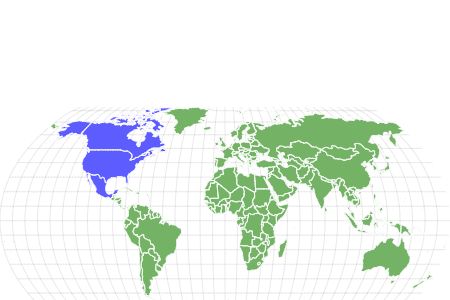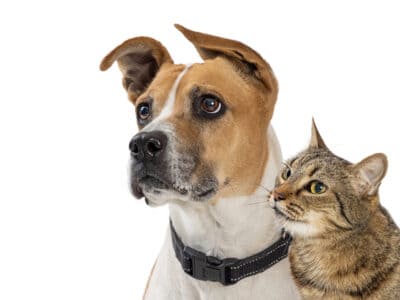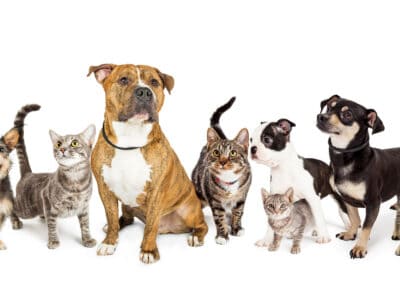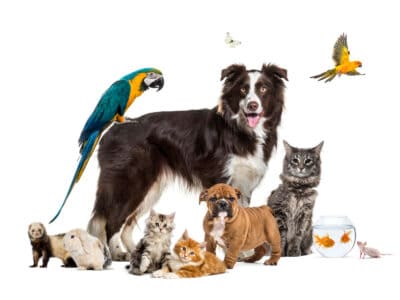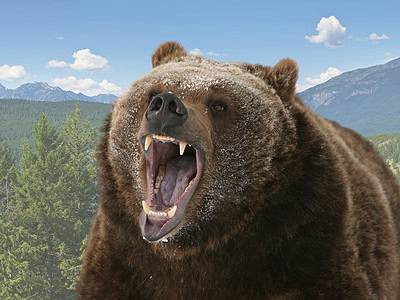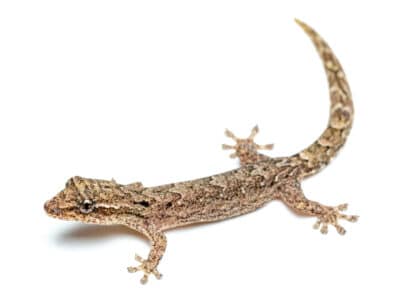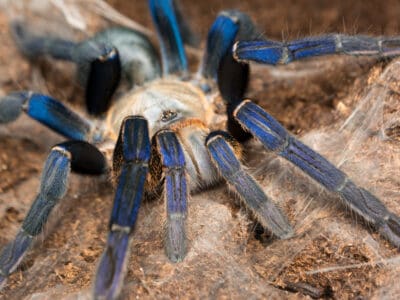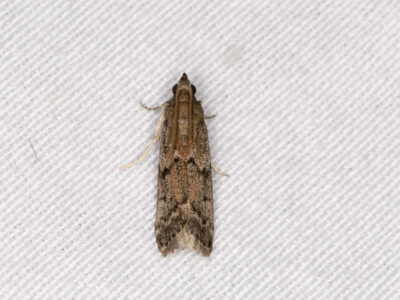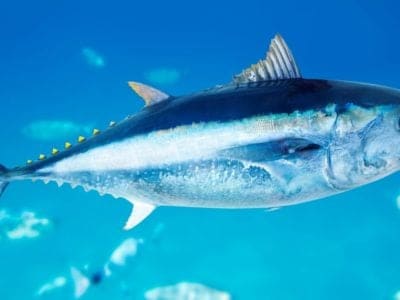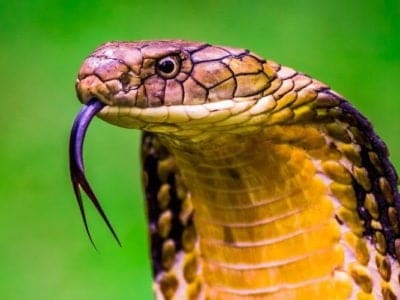Red-Shouldered Hawk
B. lineatus
Red-Shouldered Hawks reuse the same nesting area each year.
Advertisement
Red-Shouldered Hawk Scientific Classification
- Kingdom
- Animalia
- Phylum
- Chordata
- Class
- Aves
- Order
- Accipitriformes
- Family
- Accipitridae
- Genus
- Buteo
- Scientific Name
- B. lineatus
Read our Complete Guide to Classification of Animals.
Red-Shouldered Hawk Conservation Status
Red-Shouldered Hawk Facts
- Prey
- Small mammals
- Name Of Young
- Hatchlings
- Group Behavior
- Solitary/Pairs
- Fun Fact
- Red-Shouldered Hawks reuse the same nesting area each year.
- Estimated Population Size
- 1.9 million
- Biggest Threat
- Deforestation
- Most Distinctive Feature
- "red shoulders"
- Wingspan
- 35-50 inches
- Incubation Period
- 28-33 days
- Age Of Independence
- 17 to 19 weeks old
- Age Of Fledgling
- 6 weeks
- Habitat
- Wet forests
- Diet
- Carnivore
- Lifestyle
- Diurnal
- Crepuscular
- Pair
- Location
- Eastern United States
- Average Clutch Size
- -2
- Nesting Location
- Trees near water
- Age of Molting
- 13-19 days
Red-Shouldered Hawk Physical Characteristics
- Color
- Brown
- Red
- Black
- White
- Tan
- Skin Type
- Feathers
- Top Speed
- 34 mph
- Lifespan
- Up to 20 years
- Weight
- 1-2 lb
- Length
- 15-24 inches
- Age of Sexual Maturity
- 1-2 years
- Venomous
- No
- Aggression
- Medium
View all of the Red-Shouldered Hawk images!
The Red-Shouldered Hawk has a ‘frenemy’ relationship with crows. While crows and hawks often fight, they also team up against owls.
The red-shouldered hawk flies over developed woods and water. These are one of the most distinctively marked hawks, which makes them quite easy to identify. The upper part of their body is reddish-peach, almost a bit like they rolled in red mud.
Their unique whistle also makes them easy to locate, making them well-loved by birdwatchers. Their wings form translucent crescents in flight, allowing you to ID them from a distance.
4 Amazing Red-Shouldered Hawk Facts
- Feud: The red-shouldered hawk is often mobbed by crows. However, the relationship is not one-sided, as these hawks steal food from crows when possible.
- And Another Feud: These hawks are also commonly seen attacking (and being attacked by) Great Horned Owls. Each species is known to steal and eat the nestlings of the other.
- Home Sweet Home: These birds return to the same nesting site each year, though they won’t necessarily use the exact same nest. One pair of birds was observed holding the same nesting territory for 16 years.
- Long-Lived: The oldest known red-shouldered hawk was at least 25 years old. However, older hawks have likely existed; we just can’t age hawks from a distance.
Where to Find Red-Shouldered Hawks
Red-shouldered hawks have a very distinctive whistle that makes them easy to locate from a distance. Once you know this whistle, you can often find them around streams or ponds, where they hunt perch.
In the spring, you may also see them circling around their nesting area. Their wing shape and coloration makes them pretty easy to ID from afar.
Geographically speaking, these birds are found year-round in the eastern United States. They also migrate into some northern areas of the United States and into southern Canada. They may also migrate into Mexico, but they do not breed in these areas.
Red-Shouldered Hawk Nests
Red-shouldered hawks are one of the few birds that will reuse nests from previous years. We don’t know how the nesting site is chosen. However, once one is, you can expect birds to come back to it each year if they are able.
Usually, the male arrives at the site first and will defend it. The female arrives later.
In most cases, the nest is placed in a broad-leaved tree below the forest canopy. Usually, they place it on a crotch of the main trunk. For hunting purposes, the nest will usually be near a pond, lake, or stream.
Both genders help build the nest or repair the previous year’s nest. Sticks are the main component of these 2 ft nests, though it is lined with soft materials like bark and moss. Fresh, green leaves are added throughout the nesting season.
Red-Shouldered Hawk Scientific Name
The red-shouldered hawk is a member of the genus Buteo. This genus contains medium-sized raptors (aka hawks), which have large bodies and broad wings. In Europe, members of this species are usually called “buzzards”—not “hawks” like they are in North America.
This genus is inside the larger Accipitridae family. This family varies considerably. However, it contains small to large birds with hooked bills. Their morphology changes beyond that, as they are specialized to hunt specific animals.
Red-Shouldered Hawk Size, Appearance & Behavior
These hawks are medium-sized birds with rounded, larger wings. Their tails are medium-length and fan out behind them when they fly. Usually, they glide more than they flap, which can help you ID them from a distance.
Adult red-shouldered hawks have a very rich, red coloration on their “shoulders” and chest. Their tail and wings are black with narrow, white bands. However, younger hawks are typically brown instead of red or black. They are far more diluted in color.
These birds are usually seen flying above forests or perching on tree branches. When they are flying, they often whistle, which is unique to them. Therefore, if you can ID this whistle, you can often find them pretty easily.
When hunting, these birds perch near a body of water and watch for prey below. In wilder areas, they will flush easily and hide. However, in populated areas, they become friendlier and may even be approachable.
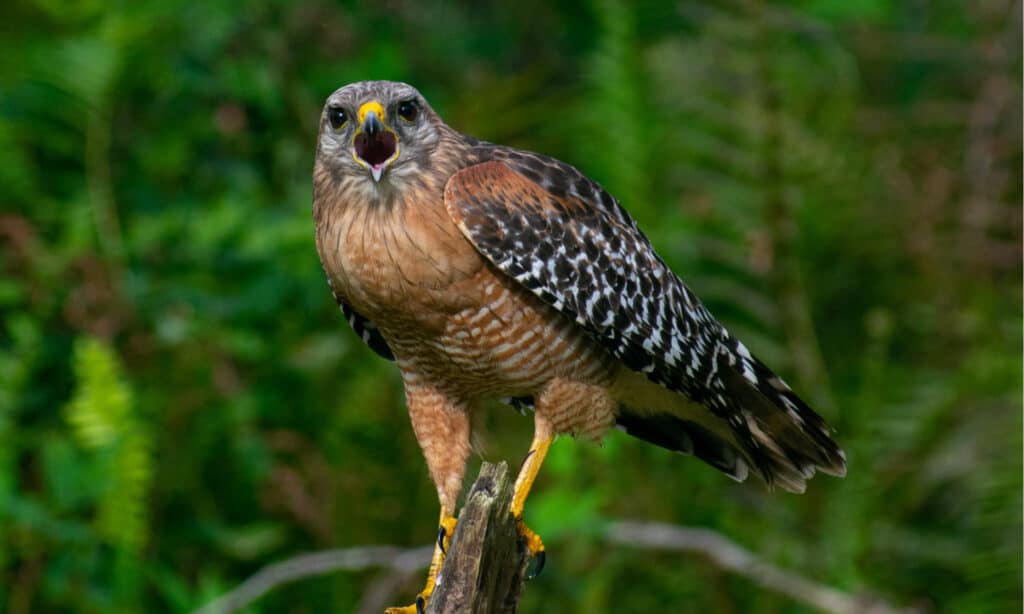
Red-shouldered hawks have a unique whistle, which makes them easy to identify.
©Nick Bossenbroek/Shutterstock.com
Red-Shouldered Hawk Diet
Like all hawks, red-shouldered hawks eat small mammals. However, this species also consumes large quantities of fish, which is why they commonly nest near bodies of water.
What Does a Red-Shouldered Hawk Eat?
For the most part, their diet is made up of small mammals and amphibians. They will also consume snakes and lizards if given the chance. They are opportunistic predators, which means that they will typically take the opportunity to eat something even if it doesn’t fit their “normal” diet.
These birds will hunt from perches above shallow water or in their forest. They will sit until they catch sight of a prey item below. Then, they will descend swiftly and catch the unlucky creature below.
Occasionally, the hawks will eat other birds. However, this seems to be rarer than small mammals (perhaps because they are harder to catch).
Red-Shouldered Hawk Predators, Threats, and Conservation Status
The red-shouldered hawk currently falls in the least concern category. Currently, the estimated breeding population is 1.9 million. That population is currently increasing by about 2% a year.
However, the biggest threat to their population is the clearing of wooded habitat, which these birds rely on.
What Eats the Red-Shouldered Hawk?
The red-shouldered hawk is typically at the top of the food chain. Therefore, they do not get eaten by other animals all that much. However, they do have a competitive relationship with owls and crows, which may rarely end in the death of a hawk.
Racoons, snakes, and similar animals may prey on young hawks and their eggs. However, they are not usual predators for the larger birds.
Reproduction, Babies, and Lifespan
Red-shouldered hawks are monogamous and territorial. They will defend their nesting territory during breeding season.
When finding a mate, males will perform a “sky dance” that involves a lot of steep dives and spirals. These dances may continue even after the male as mated to a female. Mated pairs will soar together in wide circles and dive towards each other.
Their mating season is between April and June. The breeding pair builds a nest and then lays three to four eggs. The eggs are blotchy and brown or lavender. The incubation period ranges from 28 to 33 days. However, all the eggs do not hatch at the same time. The first hatchling may hatch a week before the last.
The female feeds the hatchlings almost constantly for 40 days. The male mostly captures food, but there are reports of males incubating. The young leave the nest at around 6 weeks. However, they remain dependent on the parent until 17 to 19 weeks old.
Even young birds that are no longer dependent often stay near the nest until the following breeding season. Sexual maturity is usually attained around one to two years of age, but birds rarely mate their first year.
Overall nesting success is often lower than 30%. These birds can live up to 20 years, but fewer than half survive their first year.
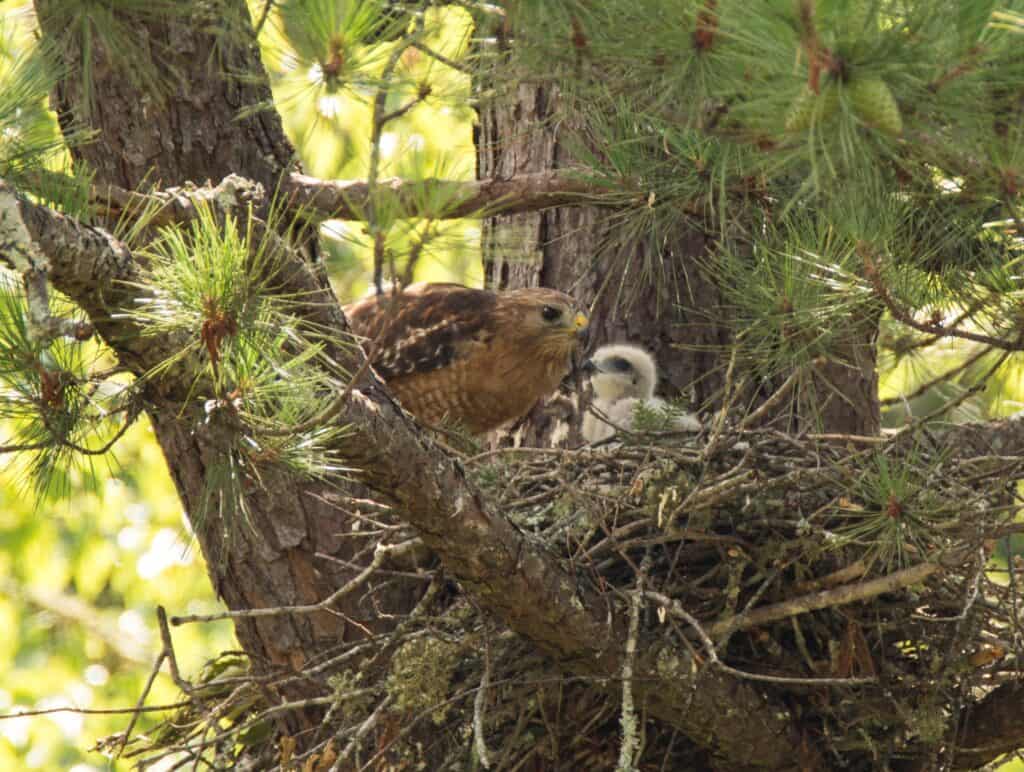
Red-shouldered hawk young leave the nest at around 6 weeks.
©Patricia Kuhn/Shutterstock.com
Red-Shouldered Hawk Population
The current breeding population is around 1.9 million, with the population increasing by about 2% each year. This species is not endangered and their concern score is quite low.
Related Animals:
View all 114 animals that start with RRed-Shouldered Hawk FAQs (Frequently Asked Questions)
Does the red-shouldered hawk migrate?
Not usually. There are some populations that migrate, but this isn’t very common.
How many eggs does the red-shouldered hawk lay?
The average female lays three to four eggs. Those that nest earlier tend to lay four, while those that nest later usually lay three.
How fast does the red-shouldered hawk fly?
Like most raptors, this hawk is very good at flying. They can reach between 18-34 mph.
What is a red-shouldered hawk's wingspan?
A red-shouldered hawk’s wingspan is around 35 to 50 inches.
When do red-shouldered hawks leave the nest?
Red-shouldered hawks leave the nest at around 6 weeks. However, they remain dependent on their parents for many more weeks.
Thank you for reading! Have some feedback for us? Contact the AZ Animals editorial team.
Sources
- USDA Forest Service Eastern Region/John & Eugene Jacobs / Published December 1, 2002 / Accessed September 1, 2022
- Birds of the World/C. R. Preston and R. D. Beane / Published March 4, 2020 / Accessed September 1, 2022
- Birds Outside My Window/Kate St. John / Published February 10, 2015 / Accessed September 1, 2022
- Texas Parks and Wildlife / Accessed September 1, 2022
- Hawk Mountain Global Raptor Conservation / Accessed September 1, 2022

